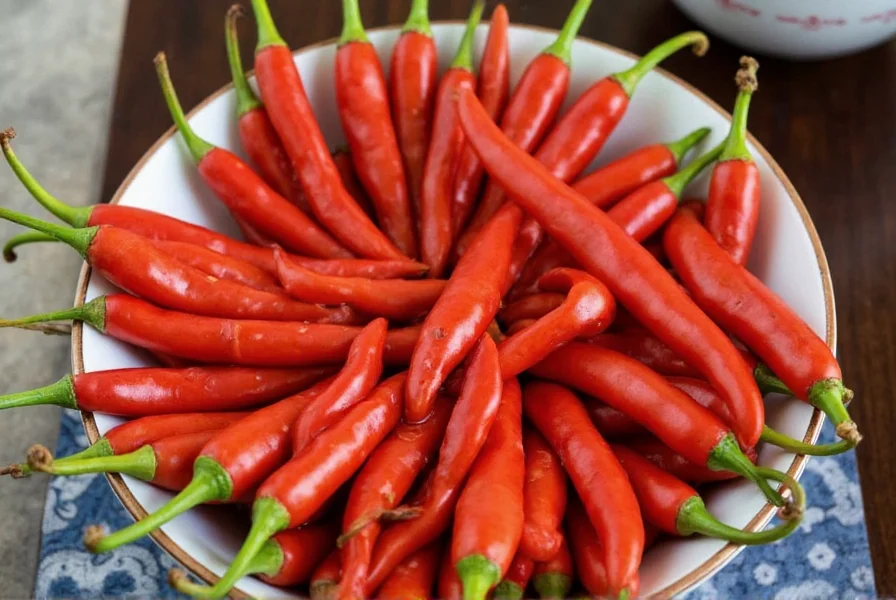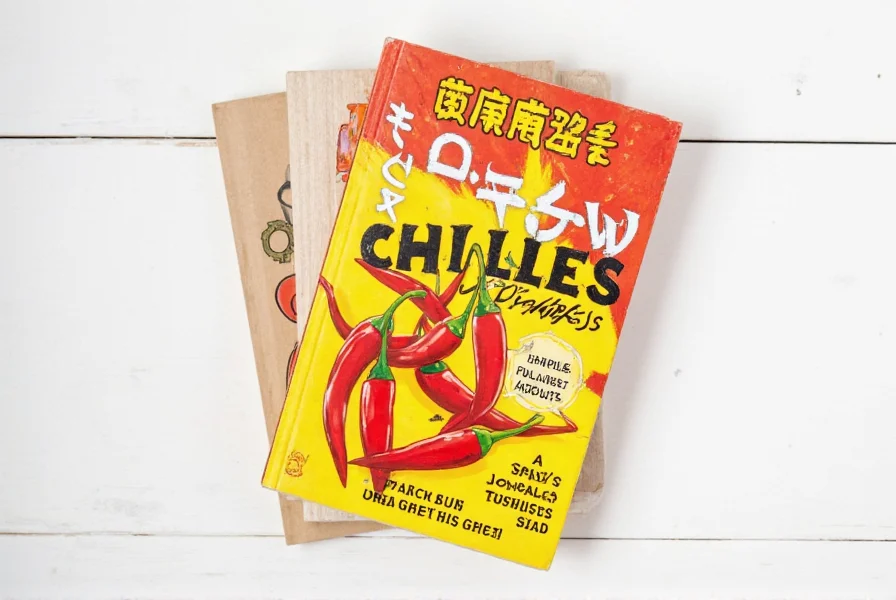Table of Contents
What Are Chilies Japones?
Chilies Japones (Japanese chili peppers) are a Capsicum annuum variety with 10,000-50,000 Scoville heat units, commonly used in Japanese cuisine despite not being native to Japan. These small red peppers originated in Central America but became integral to dishes like ramen, sushi, and tempura due to their balanced heat and flavor profile.
Heat Levels Explained
| Chili Type | Scoville Units | Heat Level |
|---|---|---|
| Chilies Japones | 10,000 - 50,000 | Mild to Medium |
| Jalapeño | 2,500 - 8,000 | Mild |
| Thai Chili | 50,000 - 100,000 | Medium to Hot |
| Habanero | 100,000 - 350,000 | Hot |
Cooking with Chilies Japones
For authentic Japanese applications:
- Ramen: Add 2-3 sliced peppers to broth during the last 2 minutes of cooking for controlled heat infusion
- Sushi: Mix minced peppers with rice vinegar and sugar for spicy sushi rice
- Tempura: Blend with dashi and soy sauce for dipping sauce
- Shio-koji: Ferment with salt and koji for umami-rich marinades

Where to Buy & How to Choose
Authentic Japanese sources:
- Japanese specialty stores: Look for "Japanese chili" (日本唐辛子) on packaging to avoid generic varieties
- Dried form: Preferred for authentic dishes - look for deep red color and crisp texture
- Fresh form: Select firm peppers with smooth skin and no wrinkles

Authentic Japanese Dishes
Traditional uses beyond common Western adaptations:
- Tonkotsu ramen: Whole peppers steeped in broth for 10 minutes for subtle heat
- Okonomiyaki: Mixed into batter for savory Japanese pancakes
- Yakitori: Skewered chicken brushed with tare sauce containing crushed peppers
- Natto: Stirred into fermented soybeans for protein-rich breakfast
FAQs
Are Chilies Japones actually Japanese?
No. They originated in Central America but were introduced to Japan in the 16th century. The name comes from their adoption in Japanese cuisine, not origin.
How do Japanese chefs control the heat?
They remove seeds and membranes before use, and often steep whole peppers in broth instead of chopping to release heat gradually.
What's the difference between Chilies Japones and Togarashi?
Chilies Japones are single-variety peppers, while Togarashi is a spice blend typically containing seven ingredients including crushed Chilies Japones.
Why do Japanese dishes use mild peppers?
Japanese cuisine emphasizes balance - Chilies Japones provide subtle heat without overpowering delicate flavors like dashi and soy sauce.
How to store for maximum freshness?
Store dried peppers in airtight containers away from light; fresh peppers in refrigerator crisper drawer with paper towel for up to 2 weeks.











 浙公网安备
33010002000092号
浙公网安备
33010002000092号 浙B2-20120091-4
浙B2-20120091-4